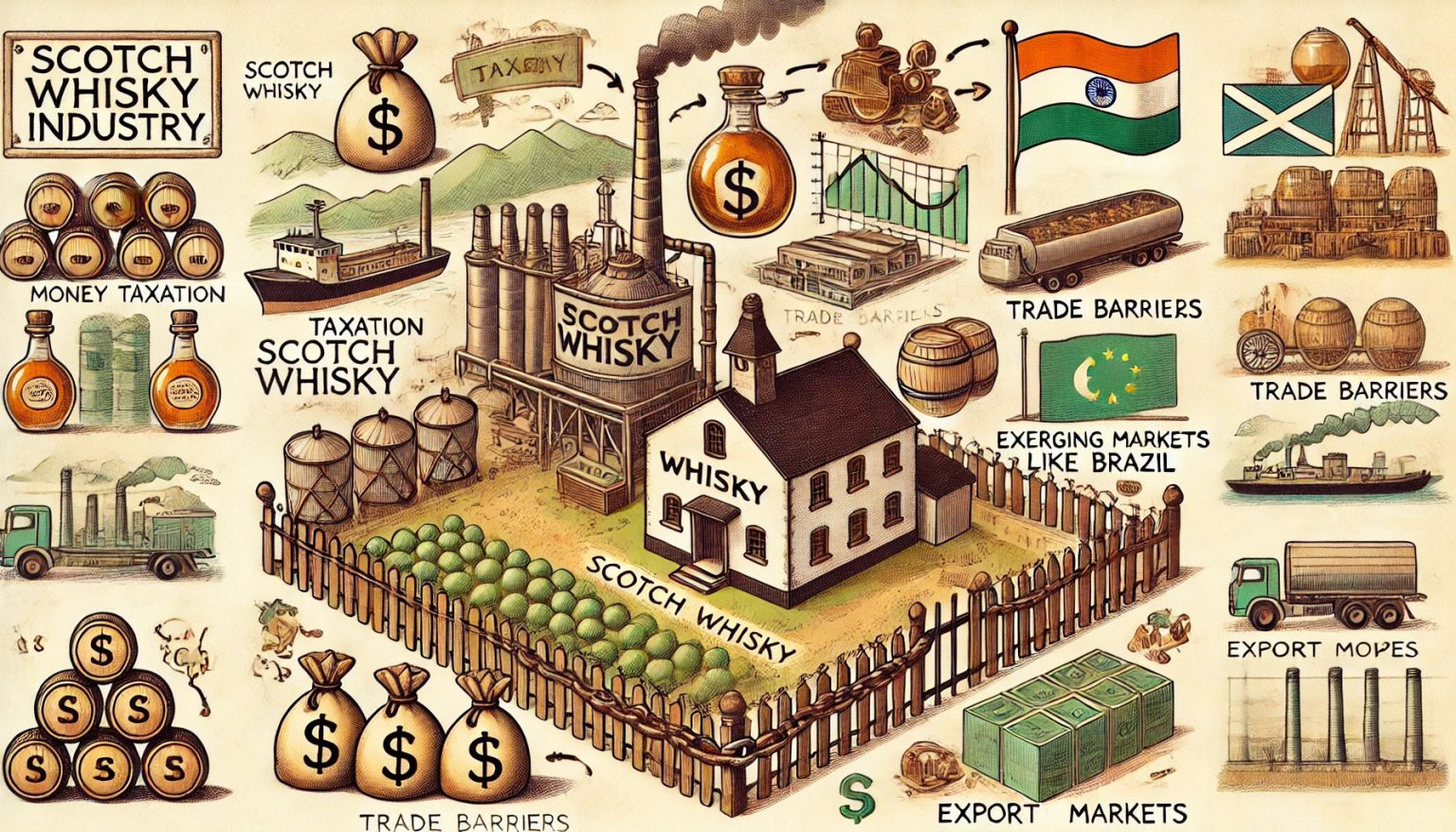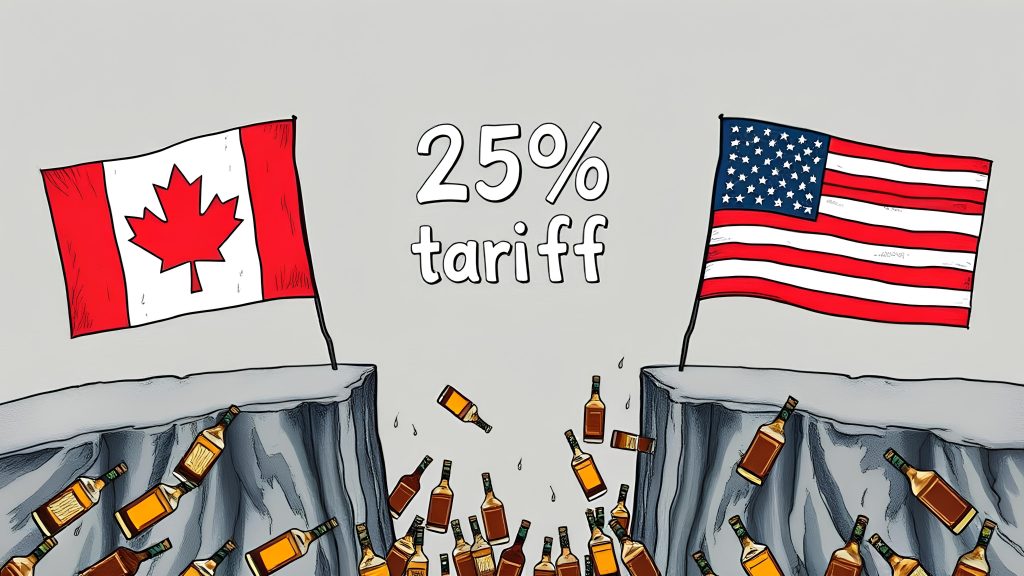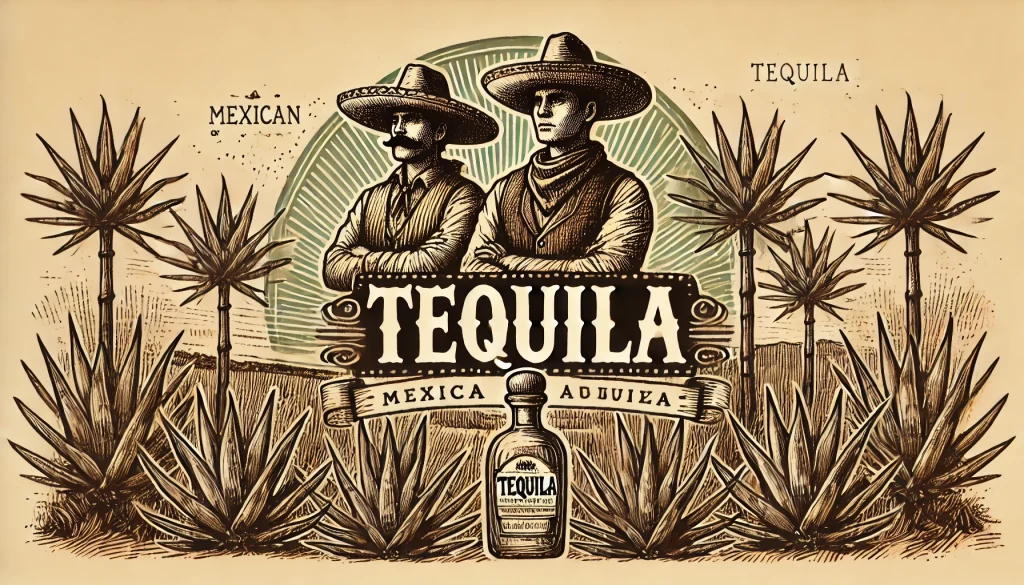The Scotch whisky industry faced a complex global landscape in 2024, with total exports reaching £5.4 billion. While this represents a 10% increase compared to 2019, it also marks a 3.7% decline from 2023, reflecting the economic challenges and shifting consumer behaviors worldwide. The industry continues to call for policy support as it navigates increasing domestic taxation, trade uncertainties, and evolving global demand.
1. Overall Export Performance
In 2024, the Scotch whisky industry exported 1.4 billion 70cl bottles, equating to 44 bottles per second. While the total export value declined by 3.7% compared to 2023, the export volume increased by 3.9%, indicating a shift toward higher-volume, lower-value exports. Compared to the pre-pandemic baseline of 2019, exports have grown by 10% in value and 7% in volume, demonstrating the industry’s resilience despite economic headwinds.
2. Key Market Trends and Regional Performance
Asia-Pacific: A Decline in Value but Growing Volume
Asia-Pacific remained the most valuable export region, contributing £1.57 billion in 2024, representing 29.1% of global exports. However, the region saw a 12.4% decline in value compared to 2023, despite a 6% increase in volume to 419 million bottles. The performance of key markets within the region varied:
- India regained its position as the top market by volume, with 192 million bottles exported (+14.6% YoY). The export value increased to £248 million, reflecting a 13.8% year-on-year growth and a 49.5% increase from 2019 levels. Industry leaders anticipate further potential should the UK-India Free Trade Agreement (FTA) successfully lower the 150% import tariff on Scotch whisky.
- China experienced the sharpest decline among major markets, with export value dropping 31.5% to £161 million, despite still showing an 81.4% increase compared to 2019.
- Japan continued its steady growth trajectory, with exports reaching £182 million (+7.1% YoY) and volume surging 22.9% to 74 million bottles.
European Union: Demand Contraction and Premium Segment Challenges
The EU remained the largest regional market by volume (488 million bottles) and the second-largest by value (£1.5 billion, 27.5% of total exports). However, total export value declined by 5.4% due to economic pressures leading to downtrading, particularly in the premium Scotch categories:
- France, the second-largest market globally, saw a 11.6% drop in value to £419 million, although volume increased slightly by 1.9% to 177 million bottles.
- Germany‘s export value declined 14.2% to £169 million, while volume decreased 6.1% to 56 million bottles.
- Spain posted a 6.4% increase in value (£196 million) and a 1.9% increase in volume (59 million bottles), driven by growing demand for lower-priced whisky categories.
North America: Stability Amid Economic Uncertainty
The United States retained its position as the largest market by value at £971 million, representing a 0.7% decrease from £978 million in 2023. Export volume, however, increased by 3.7% to 132 million bottles, indicating steady consumer demand despite inflationary pressures. The industry remains concerned about the potential reinstatement of tariffs on Single Malt Scotch Whisky when the current five-year suspension expires in 2026.
Emerging Markets: Significant Growth in Türkiye and Brazil
- Türkiye demonstrated remarkable growth, with export value increasing 36.7% to £178 million, and volume up 14.0% to 47 million bottles. Compared to 2019, these figures represent an astounding 279.5% and 216.2% increase, respectively.
- Brazil saw export volume surge 22.8% to 52 million bottles, while value increased significantly following the confirmation of Geographical Indication (GI) status for Scotch whisky.
3. Category Performance: Shift Toward Blended and Bulk Whisky
- Bottled Blended Whisky remains the dominant category, with exports reaching £3.2 billion (+4.4% YoY), accounting for 59.4% of total exports.
- Single Malt Scotch Whisky experienced a 17.2% decline in value to £1.7 billion, reflecting consumer downtrading in key markets.
- Bulk whisky exports saw significant growth, including:
- Bulk Single & Blended Grain Whisky: +37.9% to £74 million
- Bulk Blended Malt: +17.1% to £137 million
- Bulk Blend: +9.1% to £189 million
4. Industry Challenges and Calls for Policy Support
The Scotch whisky industry has raised concerns over rising domestic taxation, regulatory pressures, and global trade instability. Key challenges include:
- Taxation: The UK government increased excise duty by 14% over the past 18 months, leading to 70% of the average bottle price being collected in taxes.
- Regulatory Costs: The implementation of Extended Producer Responsibility (EPR) in 2024 has further increased operational costs for distillers.
- Trade Barriers: Negotiations for free trade agreements, particularly with India, remain a critical focus, as high tariffs continue to restrict Scotch whisky’s market potential.
5. Impact on Different Types of Distillers: Small vs. Large
While both small distilleries and large whisky groups face similar industry challenges, their responses differ significantly. Small producers tend to rely on flexible market strategies, such as adjusting product positioning and forming strategic partnerships to minimize financial strain. In contrast, large whisky groups leverage scale, brand influence, and regulatory advocacy to optimize operations, shape policies, and expand into new markets.
5.1. Taxation Pressure
- Small Distilleries:
- With smaller production scales, rising taxation puts greater strain on cash flow, making it harder to absorb additional costs.
- Price increases may reduce competitiveness in an already saturated market.
- Some small distillers may adjust their product mix, focusing less on high-tax Single Malt Whisky and shifting toward more profitable Blended Whisky.
- Collaborating with independent bottlers may become a viable strategy to mitigate financial risks.
- Large Whisky Groups:
- Larger companies can leverage economies of scale to distribute tax burdens across markets, reducing the direct impact.
- They are more likely to lobby for tax reductions or favorable policy adjustments to protect the industry’s profitability.
- Increased investment in production automation can help offset tax-induced cost pressures.
5.2. Regulatory Costs (Extended Producer Responsibility – EPR)
- Small Distilleries:
- Compliance costs are disproportionately high for small distillers, as they lack the financial resources to easily adapt to new packaging and recycling regulations.
- Many may look for partnerships with packaging suppliers to adopt recyclable materials at a lower cost.
- Some may join industry coalitions to collectively absorb compliance expenses.
- Large Whisky Groups:
- Global supply chain optimization allows large distillers to mitigate EPR-related costs efficiently.
- Many will incorporate sustainability-driven branding, such as “green whisky” initiatives, turning compliance into a marketing advantage.
- Investment in innovative packaging solutions, such as lightweight glass or recyclable PET bottles, will help reduce long-term regulatory costs.
5.3. Trade Barriers (India’s High Tariffs & Global Market Uncertainty)
- Small Distilleries:
- Entering high-tariff markets like India is difficult without brand recognition and financial backing.
- Many may opt for indirect market entry strategies, such as partnerships with local distributors or independent bottlers.
- Alternative emerging markets like Brazil and Türkiye may provide more accessible growth opportunities.
- Large Whisky Groups:
- Major brands have stronger negotiating power and can directly engage with governments to push for favorable trade agreements, such as reducing India’s 150% import tariff.
- Establishing local bottling facilities or joint ventures in high-tariff countries can help mitigate trade barriers.
- Investments in cross-border e-commerce will allow them to bypass some trade restrictions and reach consumers more directly.
A Resilient Industry Amid Global Uncertainty
While 2024 presented challenges for the Scotch whisky industry, long-term growth opportunities remain evident, particularly in India, Türkiye, and Brazil. The sector’s ability to adapt to evolving consumer preferences, coupled with strategic trade negotiations, will be pivotal in shaping its trajectory. Addressing domestic taxation and regulatory burdens, alongside securing favorable trade agreements, will be key to sustaining and expanding Scotch whisky’s global footprint in the coming years.
References


